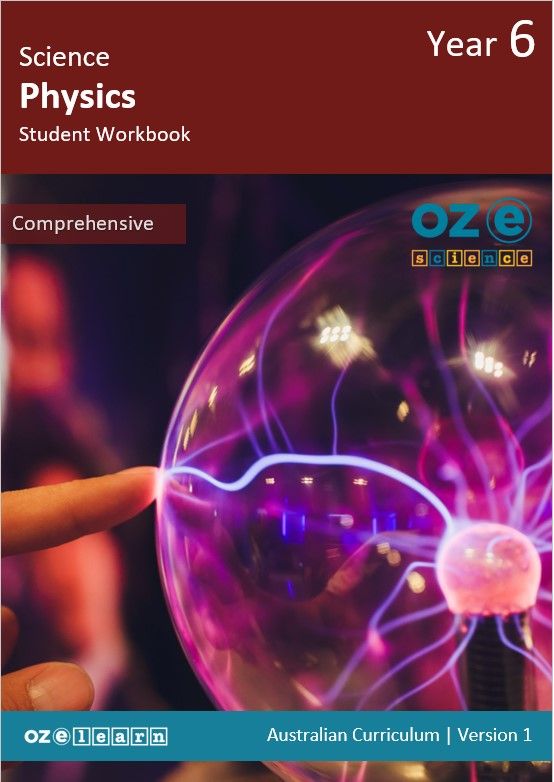Oz-e-science
In Lessons 1 to 15, students learn about:
- the different types of energy
- how energy can be transferred from one place to another
- how one kind of energy can be transformed into a different kind of energy
- electrical energy and the scientists who added to our knowledge of it
- electric currents and static electricity
- conductors and insulators
- the parts that make up an electrical circuit.
- electrical diagrams
- four common sources of energy that are transformed to generate electrical energy
- fossil fuels as sources of energy that are transformed to generate electrical energy
- nuclear energy as a source of energy that is transformed to generate electrical energy
- renewable energy sources that are transformed to generate electrical energy
- investigating which renewable energy source would be best for their town
- how to analyse and evaluate their research to find out which renewable energy source would be best for their town
- presenting their findings about which renewable energy source would be the best for their town.


